Ethylbenzene
Fort Atkinson Waterworks
Ethylbenzene, a component of petroleum, is a volatile cancer-causing chemical primarily used for production of plastics and rubber. Ethylbenzene is also released from gasoline fuel emissions. Read More.
In animal studies, exposure to ethylbenzene causes tumors. Ethylbenzene can also damage lungs, liver, kidneys and the nervous system. The International Agency for Research on Cancer classifies ethylbenzene as “possibly carcinogenic to humans.”
Samples
Samples exceeding legal limit (MCL)
Samples exceeding
health guidelines
Testing results - average by year
| Year | Average result | Samples taken | Detections | Range of results |
|---|---|---|---|---|
| 2014 | 0.167 ppb | 6 | 1 | ND - 1.000 ppb |
| 2015 | 0.0600 ppb | 6 | 1 | ND - 0.360 ppb |
| 2016 | 0.690 ppb | 1 | 1 | 0.690 ppb |
| 2017 | 0.0833 ppb | 6 | 1 | ND - 0.500 ppb |
| 2018 | 0.280 ppb | 1 | 1 | 0.280 ppb |
| 2019 | N/A | 0 | 0 | N/A |
ppb = parts per billion
State and national drinking water standards and health guidelines
EWG Health Guideline 300 ppb
The EWG Health Guideline of 300 ppb for ethylbenzene was defined by the California Office of Environmental Health Hazard Assessment as a public health goal, the level of a drinking water contaminant that does not pose a significant health risk. This health guideline protects against harm to internal organs.
EPA Maximum Contaminant
Level (MCL) 700 ppb
The legal limit for ethylbenzene, established in 1991, was based on a toxicity study in laboratory animals conducted in the 1950s.
ppb = parts per billion
All test results
| Date | Lab ID | Result |
|---|---|---|
| 2014-07-30 | 807117 | ND |
| 2014-07-30 | 807123 | ND |
| 2014-07-30 | 807111 | ND |
| 2014-07-30 | 807114 | ND |
| 2014-07-30 | 807109 | 1.000 ppb |
| 2014-07-30 | 807120 | ND |
| 2015-08-26 | 879079 | ND |
| 2015-08-26 | 879084 | 0.360 ppb |
| 2015-08-26 | 879077 | ND |
| 2015-08-26 | 879081 | ND |
| 2015-08-26 | 879073 | ND |
| 2015-08-26 | 879075 | ND |
| 2016-08-17 | 940102 | 0.690 ppb |
| 2017-07-19 | 1005224 | ND |
| 2017-07-19 | 1005228 | ND |
| 2017-07-19 | 1005232 | ND |
| 2017-07-19 | 1005216 | ND |
| 2017-07-19 | 1005220 | ND |
| 2017-07-19 | 1005221 | 0.500 ppb |
| 2018-07-25 | 1069623 | 0.280 ppb |
